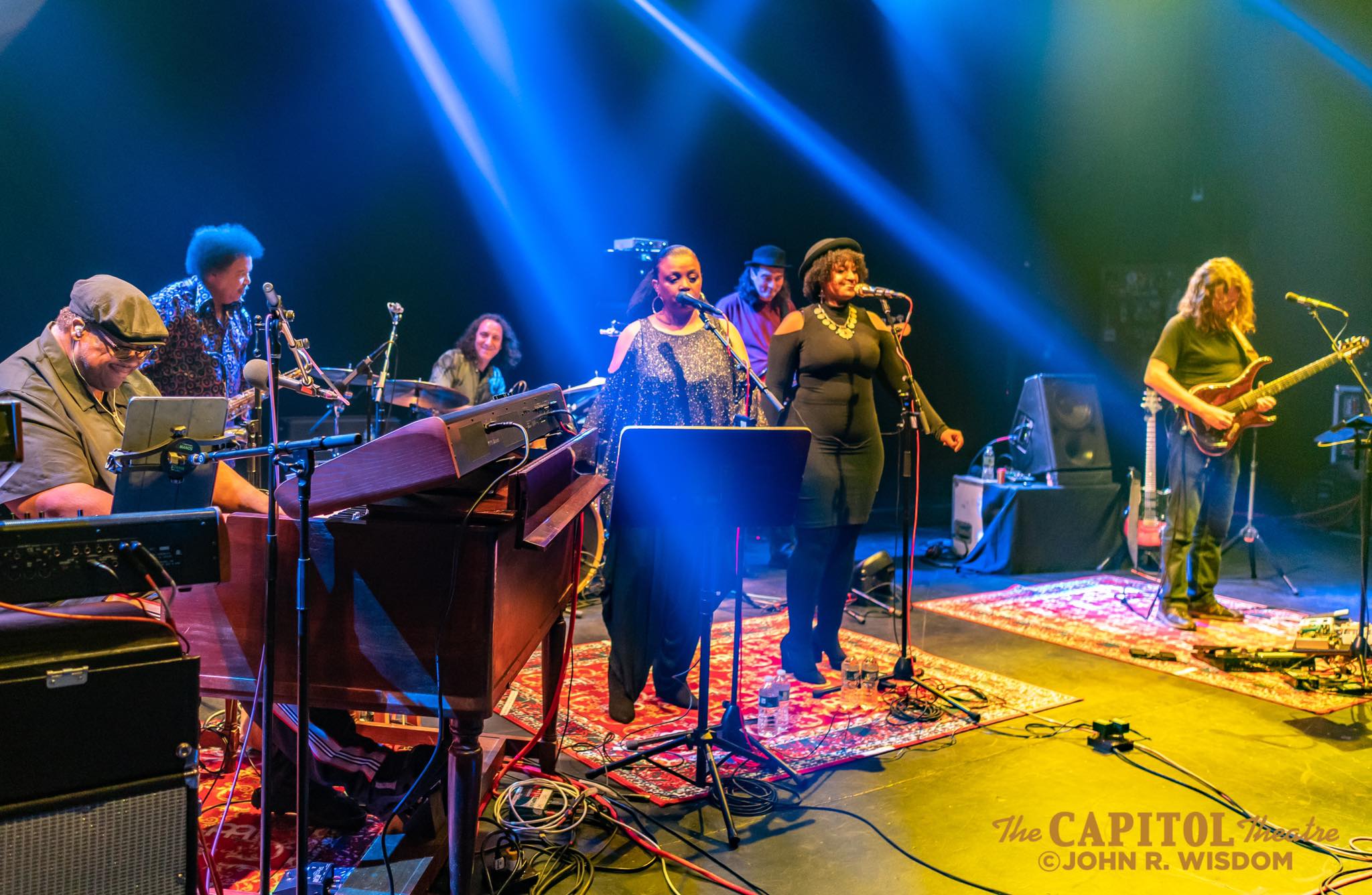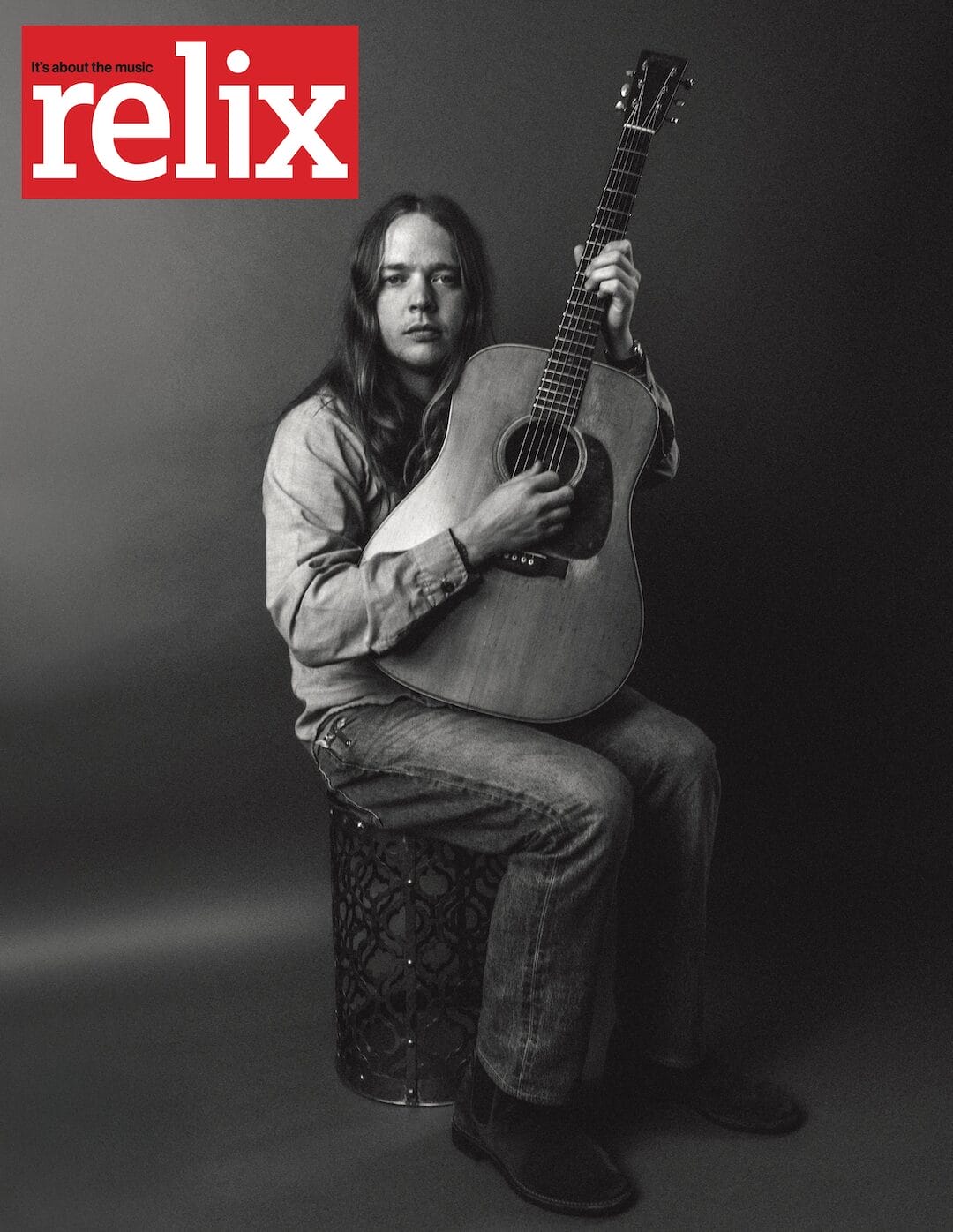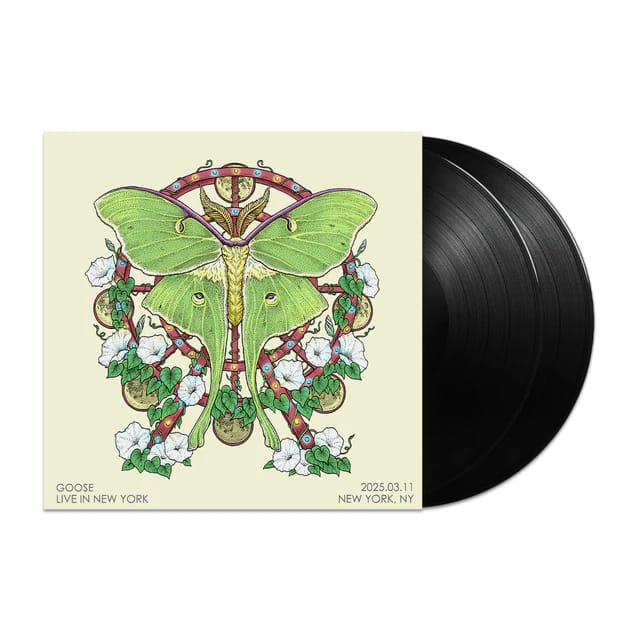Deadicated: Melvin Seals on Jerry Garcia’s “Magic Band,” Collaborating with Clarence Clemons

Volume 13 of the GarciaLive series travels back to September 1989, when the Jerry Garcia Band played a string of dates with Bruce Springsteen & The E-Street Band saxophonist Clarence Clemons. GarciaLive Volume 13 finds the group and their special guest at Poplar Creek Music Theatre just outside of Chicago on Sept. 16, 1989, during the final night of the two-week tour. In addition to Clemons, the show’s personnel includes the classic incarnation of JGB—Garcia, bassist John Kahn, keyboardist Melvin Seals, drummer David Kemper, and vocalists Gloria Jones and Jacklyn LaBranch—which Seals has dubbed “the magic band.” The performance at Poplar Creek features stand-out takes on the Garcia-Hunter originals “Cats Under the Stars” and “They Love Each Other,” as well as spirited covers of The Band’s “The Night They Drove Old Dixie Down” and The Rolling Stones’ “Let’s Spend the Night Together.”
Since Garcia’s passing almost 25 years ago, Seals has continued to honor the guitarist’s songbook with Melvin Seals & JGB. Seals’ long-running project was scheduled to spend much of the spring on the road, but they were ultimately forced to cut their tour short due to the COVID-19 pandemic. And, while the Bay Area keyboardist isn’t quite sure when he’ll return to the stage, he acknowledges, “I’m just sitting here at home, burning in my seat and thinking, ‘I’ve got to get on my organ. I got to play in front of some people. I’ve got to share this gift.’”
On March 7, you played the final show Port Chester, N.Y.’s Capitol Theatre before the venue paused its live performances. [Relix publisher and Cap owner] Peter Shapiro has said that it was a special night. What are your memories of that evening?
That was our first week of being out there. When you’re on a tour bus, you don’t get much TV. They have TVs but they flicker, so it’s hard to try and watch the news. My wife had been calling me to ask, “Is this affecting your tour?” I knew before I left that the virus was slowly impacting certain areas, but I wasn’t on top of what was unfolding. I did not foresee it ending my tour, and I didn’t realize that show was going to be [the venue’s] last one. And we still did a couple of other shows elsewhere before the government shut things down.
I thought we put on one hell of a show in Port Chester. I had recently changed a couple of band members and that took us to another level. I now have John K [John Kadlecik] in the band. He’s just brilliant, and he brings that Jerry vibe in the feel of what he does. I’ve also got a new drummer [Jeremy Hoeing], and a new singer [Darlene Coleman]. We had been rehearsing, and we went to another level with it that night. The audience was very supportive and we had a really good time.
You’d already played with John a number of times over the years before he joined the band. How has that relationship developed?
John and I were in a band together about 15 years ago [The Mix] with the bass player for Dark Star Orchestra at that time, Kevin [Rosen]. We did an album [American Spring], and we went out and did some dates.
Then over the years, he has sat in with us for major performances. Peter Shapiro was one of the first people to ask if John could play with us when we went to The Capitol Theatre for the first time. He played with us at The Capitol Theatre another time too, and we did the same thing at The Warfield and a few other places. So he’d sit in and it would be fantastic.
Then, last year when my guitar player Zach Nugent was leaving, John quickly offered to fill in. He couldn’t do all the dates, but he tried to pull some strings and do most of them. We could really feel the magic, and he made a proposal that, if I didn’t have anyone else in mind, he wouldn’t mind staying on. And that was all I needed to hear.
You’ve described the version of the Jerry Garcia Band with John Kahn, David Kemper, Gloria Jones and Jacklyn LaBranch as “the magic band.” Can you share your perspective on how it all came together?
When I joined the Garcia Band, I didn’t know much about the music, I didn’t know who he was at all. I was not a Deadhead—all I knew was the name Grateful Dead because I lived in San Francisco. There was always talk when it was one of their birthdays or when they would do a New Year’s show over in Oakland. You’d hear about the neighborhood, the traffic and stuff. But I’d never gone to a show, I didn’t know the names, I didn’t know the members, I didn’t know who Jerry Garcia was.
I was doing some work with Maria Muldaur, and her boyfriend at the time was John Kahn. From time to time, when her bass player couldn’t do a gig, he would do it. He paid attention to what I was doing and offered me a new opportunity. It was a different experience for me, but Jerry liked what I was coming up with—which was very much in a gospel style—at the rehearsal I did with them.
I have a very colorful organ style, but a lot of folks may not stop to think about some things that I did then—and that I still do now. Most times, when a guitarist is playing riffs or soloing, it’s in a higher register. And almost all the other organists play in the same register as the guitar when the guitar is soloing. But I always stay in the lower register, which means coloring things out of the range of the guitar. That allowed everything that Jerry did to be heard, without a screaming organ playing in the same register. That’s something I came in the door with. So while there was a lot of richness and there were a lot of pretty little things beneath him, it did not conflict with his register. And he had all the freedom in the world.
When I joined the band, it was all different people, with the exception of John Kahn. Greg Errico was on drums, the keyboard player’s name was Jimmy [Warren] and there were two background singers that I did not know very well. I cannot even recall their names. It evolved quickly from there. Jerry asked me if I knew any background vocalists and gave me the opportunity to go out and find some gospel singers. We had a few sets of them before Jackie and Gloria.
We also went through a few drummers before David Kemper joined. One of the guys that I really loved was Ron Tutt, and I had a good year with him. [Tutt had previously played with Garcia off and on during the mid ‘70s in between Elvis Presley gigs.] He started playing with Garcia again after Elvis passed. He was in a limbo state and he joined the band. That was magical too, but it just didn’t last because Ron was in a very religious state of mind and the Garcia Band was hard on him at that time, so he decided to leave. [Tutt became Neil Diamond’s drummer for over 30 years.]
The GarciaLive Volume 13 release from Poplar Creek features Clarence Clemons. What are your memories of performing with him?
We were somewhere in the Bay Area and Clarence came out and sat in with us [on March 3, 1989, at the Orpheum Theater in San Francisco]. I remember that very well because it was magical having that horn. I’ve played with a bunch of other horn players who have a smooth, jazzy or beautiful melodic sound. But Clarence had a growl that just fit that style of music. It just sounded so good. I’ve never heard anyone play like Clarence.
He came out to a show, and he did his thing. I don’t think he necessarily knew the material, but he fit in really well. I didn’t solo a lot with Jerry because, on a lot of songs, I thought, “That’s a guitar thing— I don’t hear an organ solo.” Then, when Clarence came along, Jerry didn’t have to do it all because Clarence took a fair amount of solos.
A few months later when we were about to do a tour, he was invited to join us. A lot of guys can play a lot of licks and offer a lot of choice, beautiful melodic notes, but Clarence was more like one of those old singers. There’s a big difference between older singers and young singers. The younger singers will often do a lot of runs and a lot of riffs, while the older singers grab a couple of notes and hold them, so there are less notes. Clarence played less notes but, when he held a note, man, you could feel that thing. So it worked pretty well for us. At one point, I said to myself, “I would love to do more music with him.” So, thank God, I was able to be in a band with him for a hot minute.
Before you went out on that tour, did you practice with Clarence in advance or did he just come in and let it fly?
I don’t think I ever rehearsed with Clarence. Whenever we learned new material with Jerry, we learned it in soundcheck. Jerry would have an idea or John would have an idea, and we’d try that. Or, other times, we’d just play something crazy in soundcheck that they liked and go for it.
When I first joined, we had rehearsals and I learned his repertoire—stuff like “Sugaree,” “Tangled Up in Blue” and “Deal.” But a lot of the stuff that came in later didn’t become part of the repertoire because Jerry said, “Hey, let’s rehearse—we got a song.” It just popped up in a soundcheck. Maybe we’d be playing a groove and it sounded close to a song, and Jerry or John would say, “Hey, let’s do this song.”
Jackie and Gloria were instrumental for us—Gloria especially. She brought us “The Maker.” Gloria said, “Jerry, I’ve got a song I want you to hear,” and she played “The Maker.” So we just started doing it right then and there.
Earlier this year, you announced a show in which you were going to interpret the sound of Legion of Mary, Jerry’s band from late 1974 and 1975 with Merl Saunders, Martin Fierro, John Kahn and Ron Tutt. Karl Denson was going to join JGB for what was being billed as Legion of Melvin.
It was the promoter’s decision to call it Legion of Melvin, although I’m fine with it. I was friends with Merl Saunders. We had a production company called MS Productions because of Merl Saunders and Melvin Seals. That was back when I was playing with Elvin Bishop, around the time of the hit “Fooled Around and Fell in Love” [in 1976]. I was with Elvin for six years and, looking back, I can remember talking to Merl on the phone about Jerry, without knowing who Jerry was. I even played a gig with Elvin Bishop in San Diego where Jerry was the headliner, but I didn’t see him play that night.
I just hope we get a chance to do it. We have the Jerry Garcia repertoire down but Legion of Mary goes into another level. We don’t do much of that Merl and Martin era. It would be challenging, but fun, to dive into that different type of material, in which they laid the groundwork for so much. I’m looking forward it. I know I’ll need to put time into it because the way they played things in that era was a little different from what we do today.
I’m told that other people have been interested—and we might put together a tour—but, right now, I just don’t know what’s going to happen.
To that end, what would you say to people who are yearning for the chance to be with you in a live-music setting once again?
I would definitely say, “This too shall pass.” There have been times before when we’ve had crises—there have been all kinds of disappointing things that have hit our lives. But we’re going to get through this and get back to what may be a different normal.
I also know it’s going to be pretty powerful when we get back out there. Trust me: You are not going to want to miss the first shows. There is going to be so much fire on the stage.
In the meantime, we’re going to try to give people some music from home. I’m getting ready to put something together for the healing of the land. But it will be nothing like the first show. That’s when I’m going to let it all out of me.




















